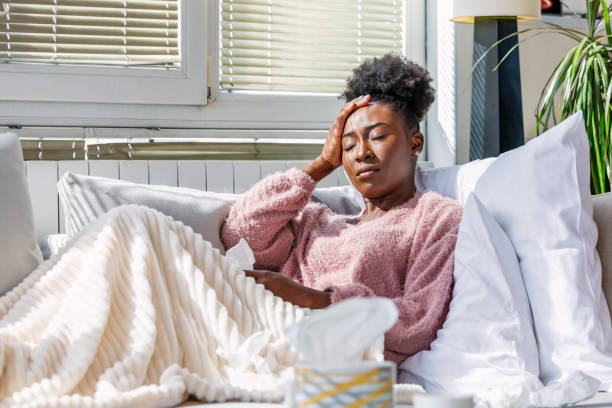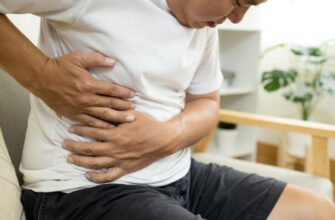Fever and chills are two common symptoms that often occur together, indicating that the body is fighting off an infection or an illness. While fever and chills can be a sign of a minor illness, they can also be an indication of a more serious underlying condition, such as a bacterial or viral infection. Understanding the symptoms of fever and chills and how to effectively treat them is important for maintaining good health.
Symptoms of Fever and Chills
A fever is defined as a body temperature that is higher than normal, usually 100.4°F or higher. Fevers can range from mild to high and may be accompanied by other symptoms such as chills, fatigue, headache, body aches, and sweating. The fever itself is not an illness, but rather a sign that the body is fighting an infection or disease.
Chills, on the other hand, are defined as a sudden feeling of coldness that is often accompanied by shivering. Chills are a common symptom of fever and are caused by changes in body temperature. They occur when the body is trying to warm up, and can also be accompanied by a rapid heartbeat, sweating, and headache.
Both fever and chills can be a sign of a number of illnesses, including:
Influenza (the flu)
Pneumonia
Bronchitis
Stomach flu
Urinary tract infections (UTIs)
Malaria
Rocky Mountain spotted fever
Lyme disease
Tuberculosis
Dengue fever
Treatment for Fever and Chills
The treatment for fever and chills depends on the underlying cause of the symptoms. In many cases, fever and chills will go away on their own with adequate rest and hydration. However, in other cases, a more specific treatment may be necessary.
Here are some steps that can help alleviate the symptoms of fever and chills:
Stay hydrated: It is important to drink plenty of fluids, such as water and electrolyte-rich beverages, to help prevent dehydration and to reduce the risk of complications associated with fevers.
Get plenty of rest: Taking the time to rest and recover from illness is important, as the body needs adequate energy to fight off infections.
Over-the-counter medications: Over-the-counter pain relievers, such as ibuprofen and acetaminophen, can help reduce fever and relieve headaches, body aches, and chills.
Antibiotics: If the fever and chills are caused by a bacterial infection, antibiotics may be prescribed by a doctor to help fight the infection.
Antivirals: If the fever and chills are caused by a viral infection, antiviral medications may be prescribed by a doctor to help treat the infection.
Warm baths or showers: Taking a warm bath or shower can help raise the body temperature and alleviate chills.
Keep the environment cool: Keeping the environment cool, such as with air conditioning or fans, can help reduce the risk of fever and chills.
In conclusion, fever and chills are common symptoms that can be a sign of a minor illness or a more serious underlying condition. It is important to understand the symptoms of fever and chills and to take the appropriate steps to treat them, including getting plenty of rest, staying hydrated, and using over-the-counter medications as necessary. If the symptoms persist or become more severe, it is important to seek medical attention. With proper treatment, the symptoms of fever and chills can be effectively managed, allowing for a quick and complete recovery.

 Home
Home Health
Health Diet & Nutrition
Diet & Nutrition Living Well
Living Well More
More












